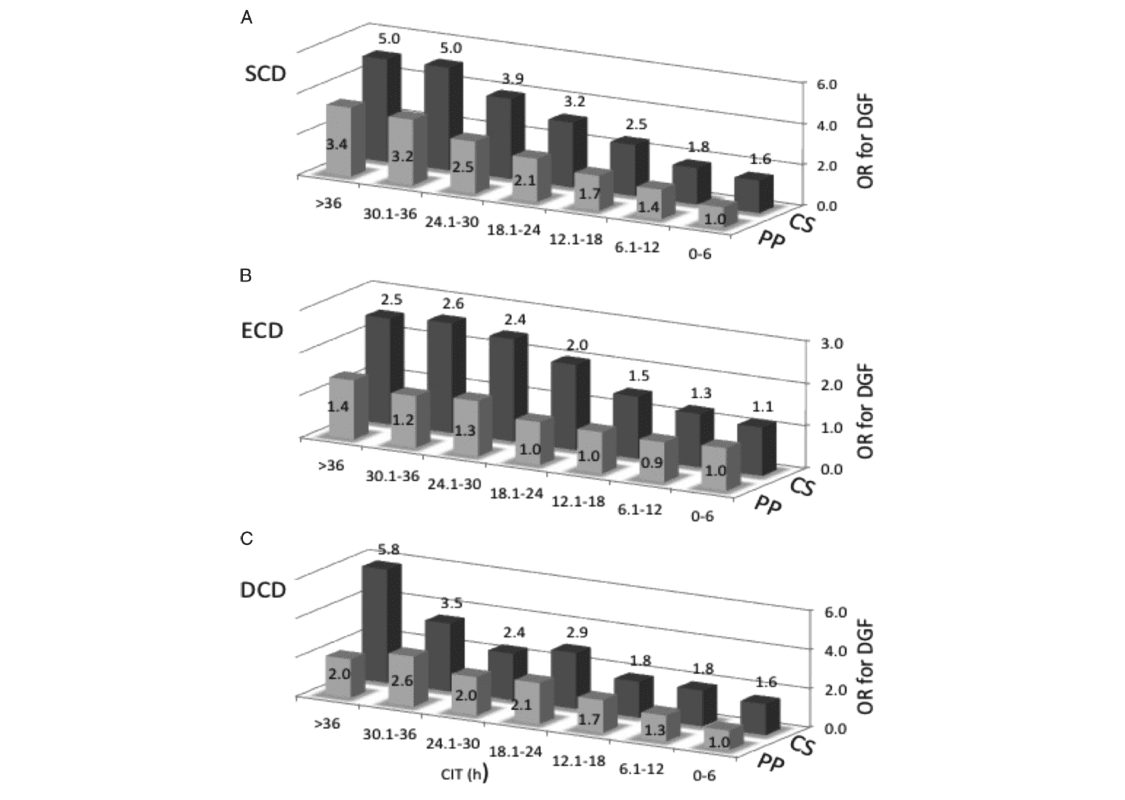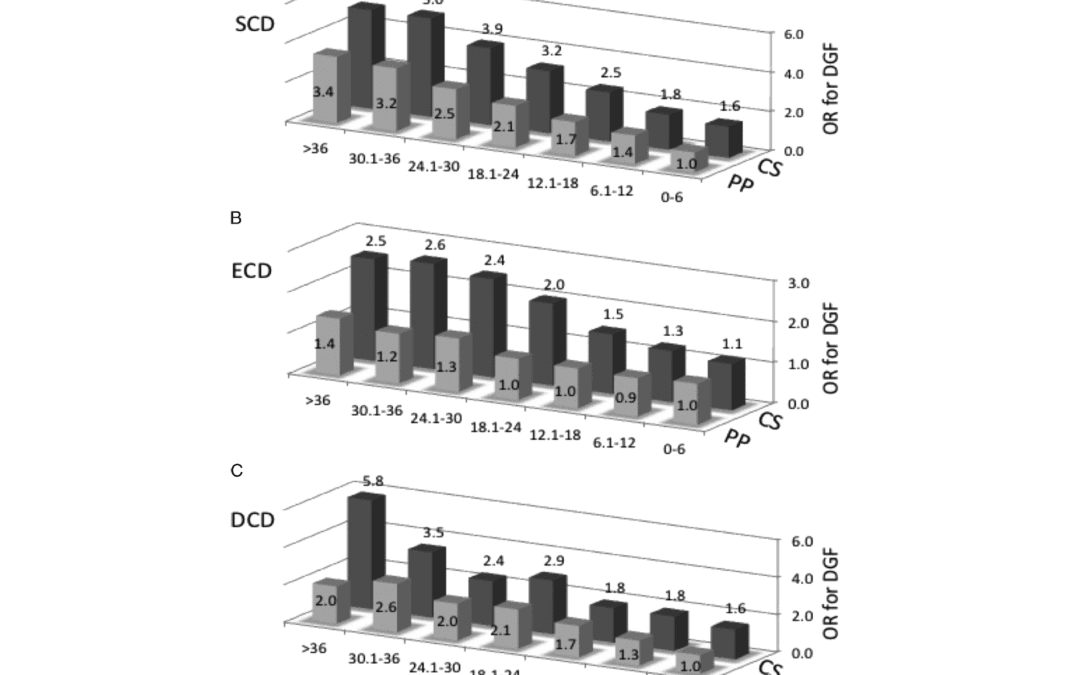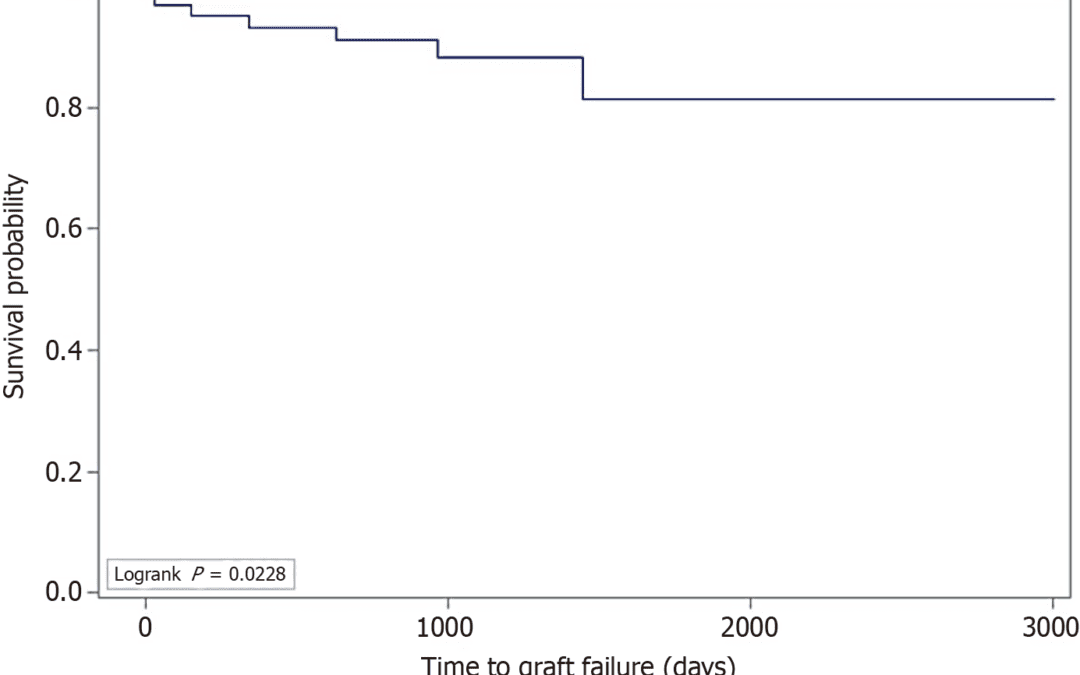In a 2013 publication, Gill et.al. sought to examine two things: the patterns of utilization of hypothermic machine perfusion (HMP) as a function of cold ischemic time (CIT) and donor type as well as the impact of HMP on the risk of DGF by CIT and donor type. They used data from the Scientific Registry of Transplant Recipients (SRTR) on all adult deceased donor kidney transplant recipients between January 1, 2000 and December 1, 2011 to complete their analysis.
The overall results of the analysis were:
- In standard criteria donors (SCD)
- The odds of DGF were lower with HMP compared to CS at all CIT
- In extended criteria donors (ECD)
- HMP use was associated with reduced risk of DGF when CIT is beyond 6 hours
- In donation after circulatory death (DCD) donors
- HMP use was associated with reduced risk of DGF when the CIT is between 6 and 24 hours

They summarized that their data confirmed the benefits of HMP use in reducing the risk of DGF irrespective of the donor type and CIT. They concluded that the best strategy to reduce the risk of DGF if to use HMP and minimize CIT in all deceased donor kidney transplants.
Read the full article here: https://doi.org/10.1097/01.tp.0000438637.29214.10
The Latest





